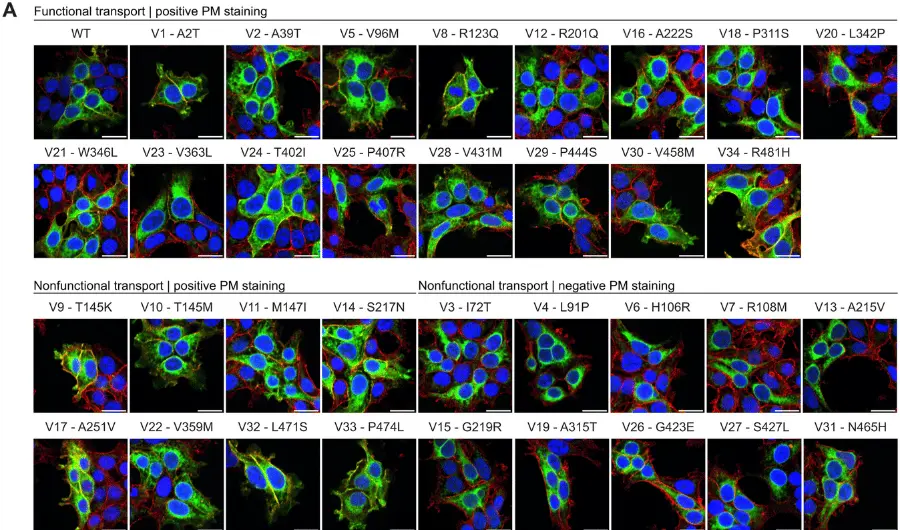Clinical Implementation of a Parent Questionnaire to Identify Seizures in High-Risk Children
May 18, 2020
In the present study, the researchers sought to assess the effectiveness of a parent-completed questionnaire for detecting seizures in high-risk children. In 12 Massachusetts clinics serving populations with high health disparities, a 2-part seizure screen for children up to 12 years old with suspected autism spectrum disorder, developmental delay, or seizure, was introduced. In a diverse population of high-risk children, the seizure questionnaire successfully detected seizures and other disorders. Broader use of this low-cost screening method may improve access to treatment for children with suspected seizures, increase awareness of seizures and more efficiently allocate resources.
Abstract, published in Journal of Child Neurology
Background: This study evaluated the effectiveness of a parent-completed questionnaire for detecting seizures in high-risk children.
Methods: A 2-part seizure screen for children up to 12 years of age with suspected autism spectrum disorder, developmental delay, or seizure, was implemented in 12 Massachusetts clinics serving populations with high health disparities. Primary care providers and developmental behavioral pediatricians administered part 1, a brief highly sensitive screen. If the result was positive, a research assistant administered part 2, a more detailed screen with higher specificity. Positive part 2 results prompted a specialized assessment by a pediatric neurologist. Screening data were evaluated for detection of seizures or other diagnoses, reason for conducting the screen, and appointment outcomes. Data analysis included chi-squared tests, percentages for categorical variables, and means for numerical data.
Results: Of 207 administered seizure questionnaires, 78% of children screened positive on part 1. Of those, 94% of families completed part 2 by telephone, and 64 individuals screened positive. The screen helped to detect 15 new seizure diagnoses and 35 other neurologic diagnoses. Average time to first scheduled appointment was 23.8 days. The no-show rate was 7%.
Conclusions: The seizure questionnaire effectively identified seizures and other disorders in a diverse population of high-risk children. Broader use of this low-cost screening tool could improve access to care for children with suspected seizures, increase seizure recognition, and help allocate resources more effectively.







